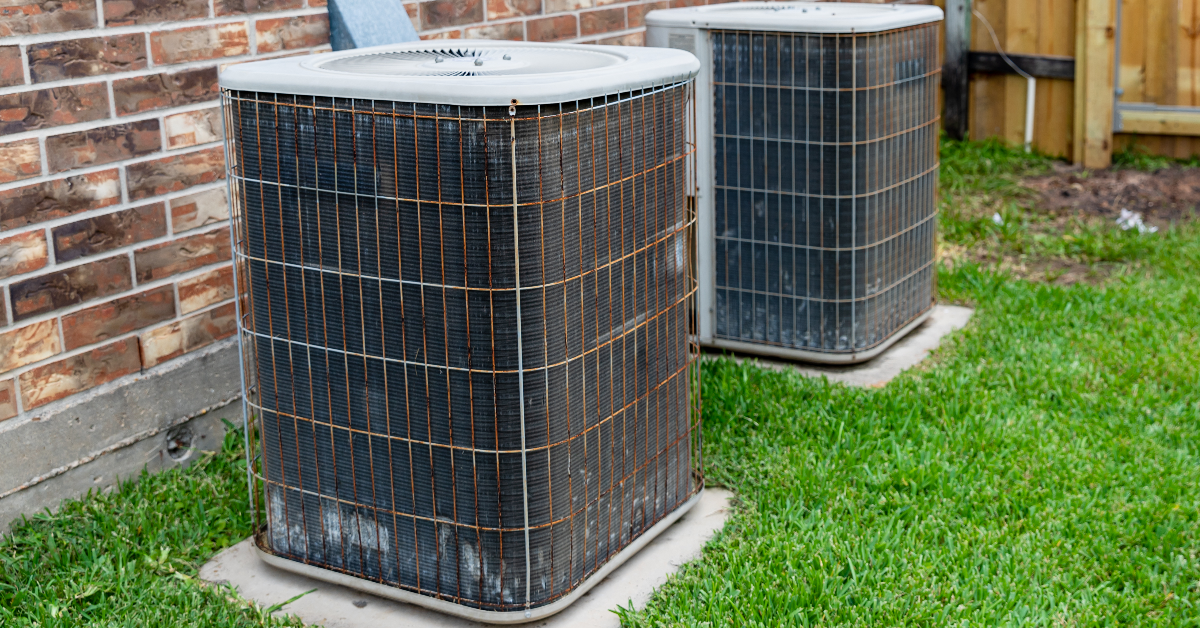|
If you need a new air conditioning unit, there are a few numbers and acronyms you will want to become familiar with. We commonly come across the question, “what is a SEER rating,” and is it important. When your AC has met the end of its useful life, you will probably need to bone up on Department of Energy minimum efficiency requirements to understand shopping and comparing new HVAC units. HVAC systems are big-ticket items, so you are smart to investigate pertinent ratings before investing in a new air conditioning unit. SEER is an acronym for Seasonal Energy Efficiency Ratio and concerns how much energy an HVAC system uses over the course of a year. The DOE, US Dept. of Energy, has set a minimum efficiency rating for all new HVAC systems installed in the US by zone. SEER is the measurement used to determine that efficiency. The higher the SEER number, the more efficient the unit should be, and theoretically, how much you can save on your utility bills. The SEER rating range is typically somewhere between 14 (the DOE minimum requirement for Louisiana in 2022) and 27, so any new HVAC system you purchase will probably have a higher efficiency rating than the 15+-year-old unit you are replacing. In addition, the SEER rating also allows homeowners to compare one HVAC system against others. SEER in practical terms – The amount you can save on utility bills varies greatly and is dependent on the size of your home or business, how well your structure is insulated, how much you pay per kilowatt-hour, your replacement unit SEER rating, and your current utility bills. Savings can be estimated using a SEER calculator (free tools are available online), or by downloading the SEER spreadsheet calculator from Energy.gov. Determining a SEER Rating The SEER rating is determined by calculating an HVAC unit’s average performance over the course of a year, including, the amount of cooling and heating your system contributes per units of energy used. Still, it boils down to the less energy used to cool or heat your home, the higher the SEER rating will be. Step 1 Locate the BTUs (British Thermal Unit) of your HVAC, typically found on the air conditioning unit or in the owner’s manual. Step 2 Locate the watts per hour used for your HVAC system, also found either on the unit or in the owner’s manual. Step 3 Now calculate the BTUs used over the course of the year, for example purposes let’s just round it to 1,000 hours. Now multiply the BTUs from step one by 1,000 to get the number of BTUs used over the course of a year. Step 4 Now calculate the number of watts per hours used over the course of a year by multiplying watts per hours from step 2 by 1,000. Step 5 Now divide the BTUs used (derived from step 3) by the number of watts-hours consumed (derived from step 4) to arrive at the SEER rating. Higher efficiency usually comes at a higher price. The technology that goes into producing higher SEER ratings increases the cost of the unit; you will want to weigh the upfront cost-to-advantage ratio when choosing a new ac unit, a professional HVAC contractor’s experience and knowledge can be valuable when making this decision. If you have your sights set on a specific brand, don’t worry, most manufacturers have a range of systems with minimum to high-efficiency options available to meet their client's needs and budget. TAGS & Related Pages: What is a SEER rating, choosing a new HVAC unit, ac repair - Lake Charles LA
1 Comment
11/29/2023 02:48:27 pm
The other day, my aunt asked if we knew how to pick an energy-efficient air conditioner for her house. I'm glad your article described an HVAC system's SEER ratings and how to interpret them. I'll share this with my aunt to help her find an AC that won't use that much energy.
Reply
Leave a Reply. |
AuthorJust an ole AC guy sharing his thoughts. Archives
August 2023
Category |
Serving Southwest Louisiana
Copyright © 2022 Accurate Air and Heat, LLC |
Website Design by SLS Digital Consulting LLC |


 RSS Feed
RSS Feed
